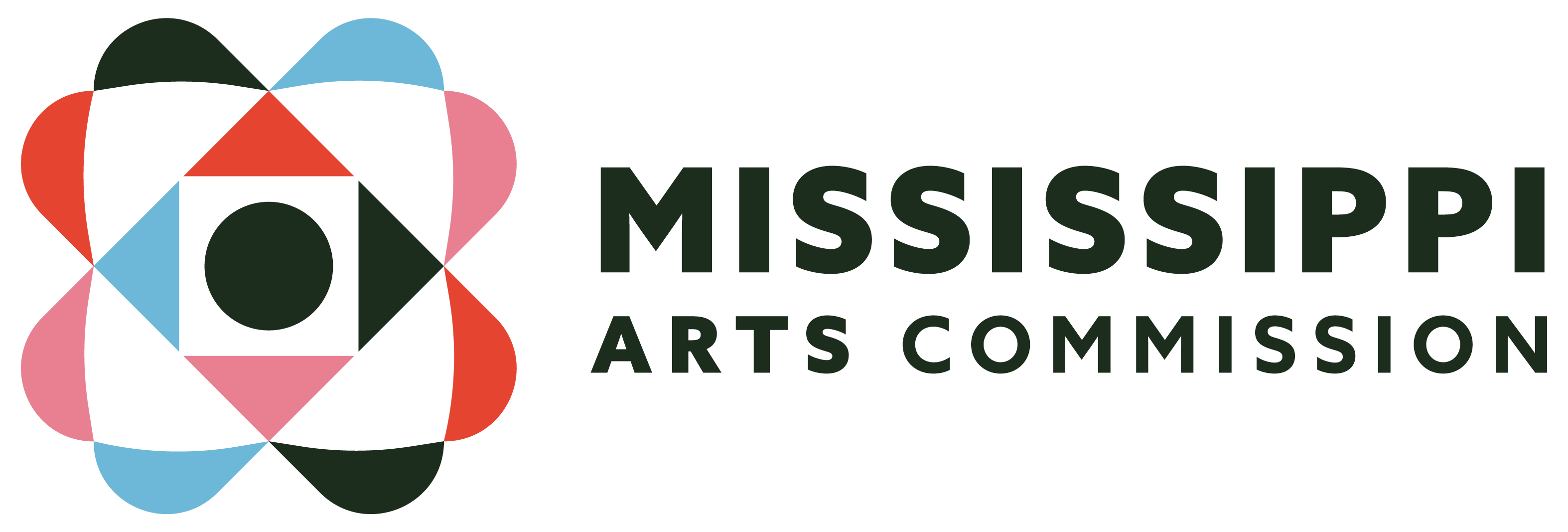Key Components of a Long Range Strategic Plan
The strategic plan will, for the purpose of the Commission’s Operating Grants, be the method by which you describe the work and path of your organization. Your goals, current work and key outcomes over the next three to five years will all be a part of this plan. Your strategic plan should be a document that is useful to you and should be developed in a way that works for you. The elements we’ve listed below are possibilities that correspond to our review criteria. Your plan is not required to address them but if it does not, please touch on them in the application narrative.
Another required element of your application is a narrative attachment (a separate document, described in the application form) in which you articulate your objectives for the grant period and describe the strategies by which you hope to attain them. Much of your programming, for example, will be described in the strategies section of the narrative attachment and need not clutter your strategic plan.
Following are key components of a strategic plan; your organization may have other areas of work, and it may be appropriate to add new categories to those listed below so that your plan is a true reflection of your work. We hope that both our grant review process and your organization will benefit from this plan. It is meant to be a document you refer to regularly, update and revise periodically, and have available to provide to other funders.
- Mission
- State your organizational mission.
- Explain how you connect your mission to the goal of the Commission program under which you are applying (Community Development, Industry, Education, Heritage).
- Quality of work and artistic excellence
- Planning
- Describe the process by which you create and revisit your plan. Who is involved?
- How do you track your performance against what the plan says?
- How do you make appropriate mid-course corrections?
- What are your objectives for planning over the next three to five years?
- Collaborations with other organizations
- Who are your partners in your work and what are their roles?
- How do you garner the support you need from the community in order to do your work effectively?
- What are your key objectives for collaborations over the next three to five years?
- Evaluation
- What methods do you use to evaluate your programs and services?
- Who does that evaluation work?
- How do evaluation findings improve the quality of future work?
- What are your key objectives for evaluation over the next three to five years?
- Artistic Excellence
- Describe the artistic vision of your programs/activities, how it was developed, and how you revisit, modify, or evaluate it.
- Describe your process for selecting artists to participate in your programs and how you include them in your planning.
- Describe the services you provide for artists in your area.
- What are your key objectives in terms of artistic excellence over the next three to five years?
- Planning
- Broad access to the arts for all community members
- Describe the organization’s education and outreach efforts.
- Describe the organization’s efforts to make its activities accessible and welcoming to the diverse community at large – people of color, first-time adult audience members, those in rural or inner-city areas, disabled, etc.
- Describe the organization’s efforts to include those you serve in the different aspects of your work, including: planning, implementing and evaluating your activities; membership on your board, staff and among your volunteers.
- What are your key objectives to broaden access to the arts for all community members over the next three to five years?
- Organizational capacity and leadership
- Personnel
- Describe the human resources available to operate the organization.
- To what extent does the organization’s personnel reflect the community?
- How do staff and board members share duties, including fundraising, finance, and governance?
- What process do you have for leadership transitions?
- What training/education do you provide for staff and board?
- What are your key objectives in terms of leadership for the next three to five years?
- Financial management
- How is your budget developed?
- Describe your internal process for making mid-course corrections when the budget projections are not being met?
- What are your key objectives for financial management over the next three to five years?
- Fundraising and contributed income
- Describe the structure of your fundraising process. Who is involved?
- How cost-effective is your fundraising effort?
- Who are your major donors?
- Categorize your last several years of giving according to source.
- What grant support do you rely on?
- What are your key objectives for fundraising and contributed income over the next three to five years?
- Audience and earned income
- Describe your audience/customers and potential audiences you hope to reach. Where does your audience fit in the picture of overall arts audiences for the state or region?
- Describe attendance trends over the last several years, including subscriptions, renewals, etc.
- What other earned income do you have?
- What are your key objectives around audience and earned income for the next three to five years?
- Personnel

